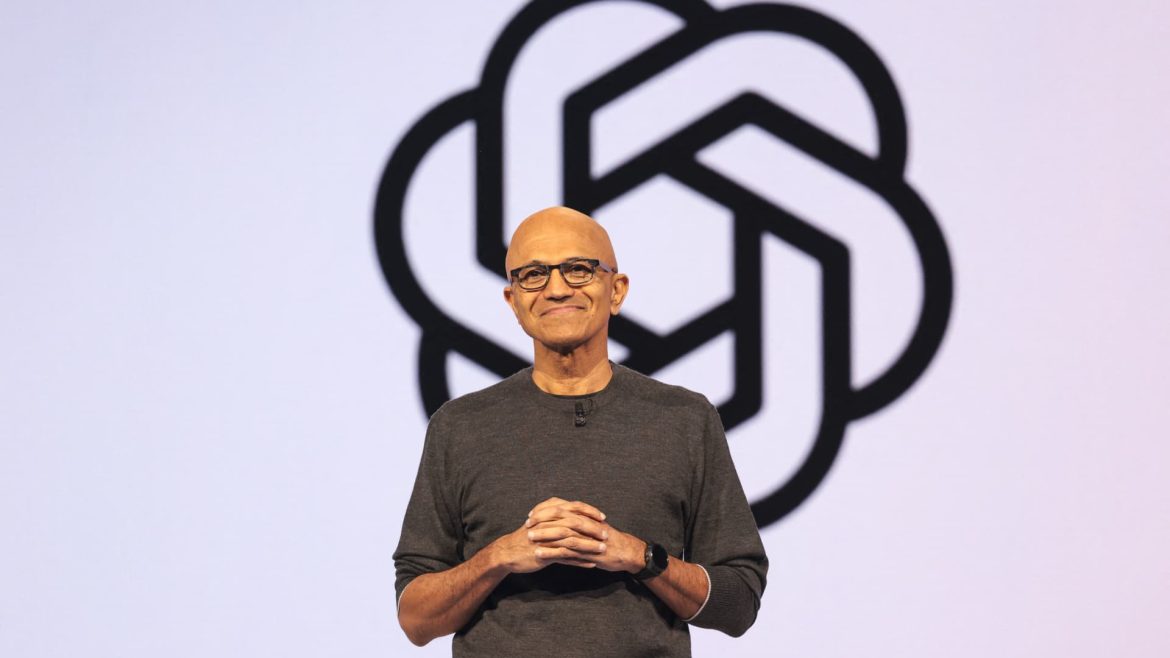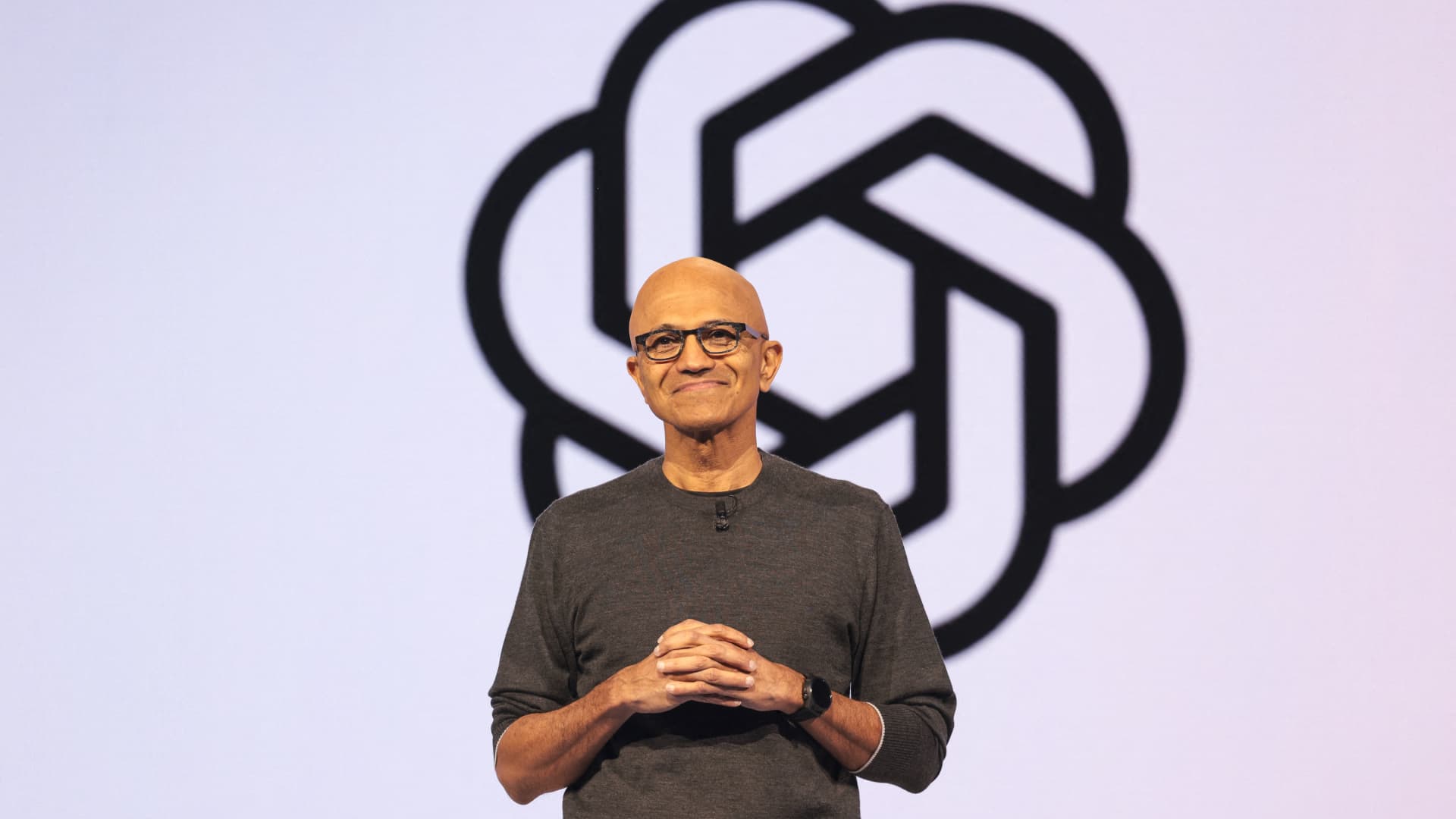The Evolving Dynamics of Microsoft and OpenAI: A Strategic Crossroads
Introduction: A Partnership Built on Ambition
The alliance between Microsoft and OpenAI has been a cornerstone of modern AI development, blending financial might with cutting-edge innovation. This partnership, which began with a substantial investment from Microsoft in 2019, has since evolved into a complex interplay of collaboration, competition, and strategic realignment. As both entities navigate their respective ambitions, the future of their relationship remains uncertain, with implications that extend far beyond their immediate interests.
The Foundations of a Powerhouse Alliance
Microsoft’s initial investment in OpenAI was not merely a financial transaction but a strategic maneuver to secure a leading position in the AI race. By injecting nearly $14 billion into OpenAI, Microsoft gained exclusive access to groundbreaking AI models like GPT-3 and its successors. This access allowed Microsoft to integrate these models into its ecosystem, enhancing products like Bing, Office 365, and Azure. In return, OpenAI benefited from Azure’s unparalleled computing power, which was essential for training large-scale AI models.
The partnership was further solidified by revenue-sharing agreements that ensured mutual financial benefits. Microsoft also became OpenAI’s exclusive cloud provider, powering all of OpenAI’s workloads through Azure. This symbiotic relationship positioned both companies at the forefront of AI innovation, creating a dynamic where each entity’s success was intrinsically linked to the other’s.
The Emergence of Tensions: Independence vs. Interdependence
Despite the initial synergy, cracks have begun to appear in the partnership. OpenAI’s growing desire for independence is a significant factor driving this shift. While Microsoft’s resources have been instrumental in OpenAI’s success, the constraints imposed by the partnership have become increasingly apparent. OpenAI’s ambition to push the boundaries of AI innovation requires the freedom to explore new avenues without being overly tied to Microsoft’s strategic priorities.
Microsoft, meanwhile, is hedging its bets by developing its own AI capabilities. The MAI-2 project, though currently trailing behind OpenAI’s advancements, represents Microsoft’s long-term vision for AI competitiveness. This initiative signals a move toward self-reliance, driven partly by concerns about consistent access to OpenAI’s technology and strategic considerations.
Governance, Equity, and Funding: The Underlying Challenges
The tensions between Microsoft and OpenAI extend beyond strategic differences to include governance, equity stakes, and funding structures. Microsoft’s 49% ownership of OpenAI’s for-profit subsidiary means it shares in both the successes and challenges of the company. However, as OpenAI seeks greater independence and explores alternative funding models, this equity stake could become a point of contention.
Disagreements over governance and funding structures could have significant consequences, potentially reshaping the competitive landscape and redefining how AI innovation is financed and governed. Industry observers suggest that a fallout between the two companies could lead to a more fragmented AI market, with multiple players vying for dominance.
The Competitive Landscape: A Potential Shift in Dynamics
The possibility of Microsoft competing directly with OpenAI raises several important questions. If Microsoft shifts from partner to competitor, it could significantly impact OpenAI’s revenue stream and Microsoft’s return on investment. A direct competition scenario could lead to a more fragmented AI market, with increased costs and complexities for customers who would need to navigate a wider range of options.
However, this scenario could also accelerate innovation as companies compete to develop the most advanced and commercially viable AI solutions. The competitive landscape would likely become more dynamic, with both companies pushing the boundaries of what is possible in AI development.
Future Scenarios: Collaboration, Divergence, or Separation
The evolving relationship between Microsoft and OpenAI has far-reaching strategic implications for the AI industry. Several potential future scenarios could unfold:
Continued Collaboration
Despite the emerging tensions, Microsoft and OpenAI could find a way to maintain a collaborative relationship. This would likely involve renegotiating the terms of their partnership to address OpenAI’s desire for greater independence while ensuring Microsoft retains access to its cutting-edge technology. This scenario hinges on both parties finding common ground and aligning their strategic goals.
Gradual Divergence
Microsoft and OpenAI could gradually drift apart, with both companies focusing on their respective AI initiatives. This could lead to a more competitive market, with Microsoft and OpenAI vying for market share in different segments of the AI landscape. This scenario assumes that the core disagreements are irreconcilable and that both companies are confident in their ability to succeed independently.
Complete Separation
In a more drastic scenario, Microsoft and OpenAI could completely sever their ties. This would have significant consequences for both companies, forcing them to adapt to a new reality without the support of their former partner. This outcome is the least likely, but it remains a possibility if the disagreements over governance, equity, and funding become insurmountable.
The Future of AI Innovation
Ultimately, the evolving relationship between Microsoft and OpenAI will shape the future of AI innovation. Whether they remain close partners, gradually diverge, or completely separate, their actions will have a profound impact on the competitive landscape and the direction of AI development. The next few years will be critical in determining the long-term trajectory of this crucial partnership and its influence on the wider AI ecosystem.
A New Era Dawns
The partnership between Microsoft and OpenAI has undeniably accelerated the progress of AI. As OpenAI seeks greater autonomy and Microsoft invests in its own internal AI development, the landscape is shifting. This evolution, while potentially fraught with challenges, also presents new opportunities for innovation and competition, ultimately pushing the boundaries of what’s possible in the world of artificial intelligence. The future remains unwritten, but one thing is clear: the next chapter in the Microsoft-OpenAI saga will be one to watch closely.





